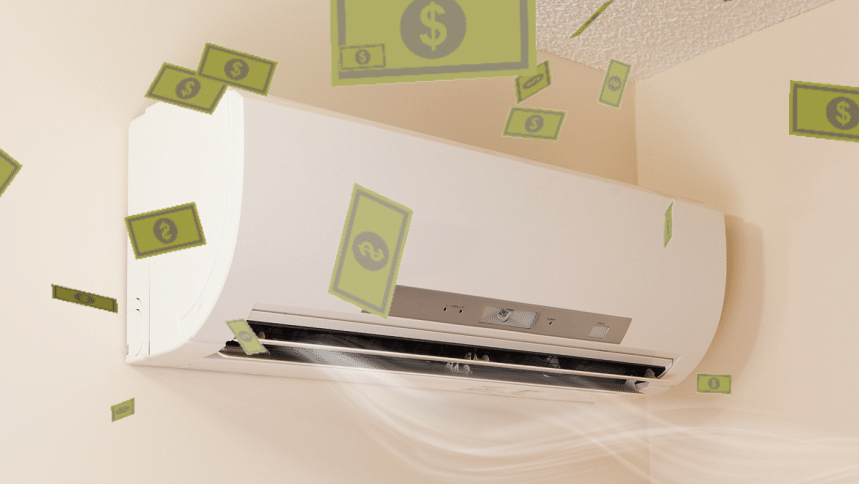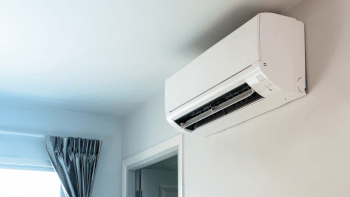Do inverter ACs really save money?

In the scorching heat of summer, air conditioners have become not just a luxury but a necessity for many households. However, with the rising concern for energy efficiency and costs, the debate between inverter and non-inverter air conditioners has recently gained momentum. Do inverter ACs truly save money in the long run? Let's find out.
Inverter vs. non-inverter ACs
Without getting into the nitty-gritty technical details, the difference between inverter and non-inverter ACs is a simple one. It helps if you think of your AC as a smart appliance that adjusts its cooling based on room temperature. Inverter ACs can modify their temperature output and adjust the cooling accordingly. However, non-inverter ACs, which operate on a simple on-and-off mechanism, are usually unable to perform this function. This leads to contrasts in how these two types of ACs operate in terms of energy efficiency, temperature control, and overall longevity.
Energy efficiency: By adapting their cooling to match the room's needs, inverter ACs consume only the necessary electricity, resulting in significant savings over time. On the flip side, non-inverter ACs use a specific amount of energy with each start-stop cycle, which can potentially lead to higher electricity bills.
Temperature control: Your choice between inverter and non-inverter ACs depends on whether you prefer a steady, comfortable room temperature or don't mind occasional fluctuations. Inverter ACs offer constant temperature control, adjusting cooling as needed. Non-inverter models stick to a fixed temperature, which can be preferable to some users.
Longevity: The efficient design of inverter ACs, with their minimised strain from constant cycling, usually translates to a longer lifespan. Non-inverter ACs, enduring frequent starts and stops because of their on-and-off mechanism, tend to face greater wear and tear, and generally may require more frequent repairing.
The key difference: initial costs vs. long-term savings
While you might notice a plethora of advantages in inverter ACs over non-inverter ones, the key difference that you will care about is which one costs the most. It is a fact that inverter ACs, because of their more advanced technology, come with a high upfront cost. In Bangladesh, you can get non-inverter ACs from different local and international brands under the BDT 50,000 price tag. However, to buy the more popular inverter AC models, you have to significantly increase your budget: over BDT 70,000 for 1.5-ton inverter ACs and at least BDT 55,000 for 1-ton inverter ACs, generally speaking.
Despite the significantly higher upfront cost, households that can afford the budget tend to go for inverter ACs over non-inverted ones, simply because of the energy efficiency inverter ACs provide. Due to reduced strain on the machine and the lack of dependence on the non-inverter on-and-off mechanism, inverter ACs rack up reduced electricity bills when compared to their non-inverter variants. For many, the reduction in bills is enough to opt for the higher initial investment in inverter ACs.
Making the right choice
So, do inverter ACs really save money? The answer is a 'yes', only if you value the long-term reduction of bills over the higher initial investment. On the other hand, if you want to save money now and/or have a lower initial budget, maybe a non-inverter is the way to go. Nonetheless, choosing between inverter and non-inverter ACs boils down to individual preferences and priorities. Research ahead before buying, and your hard-earned money will be well spent no matter what you may go for.

 For all latest news, follow The Daily Star's Google News channel.
For all latest news, follow The Daily Star's Google News channel. 











Comments